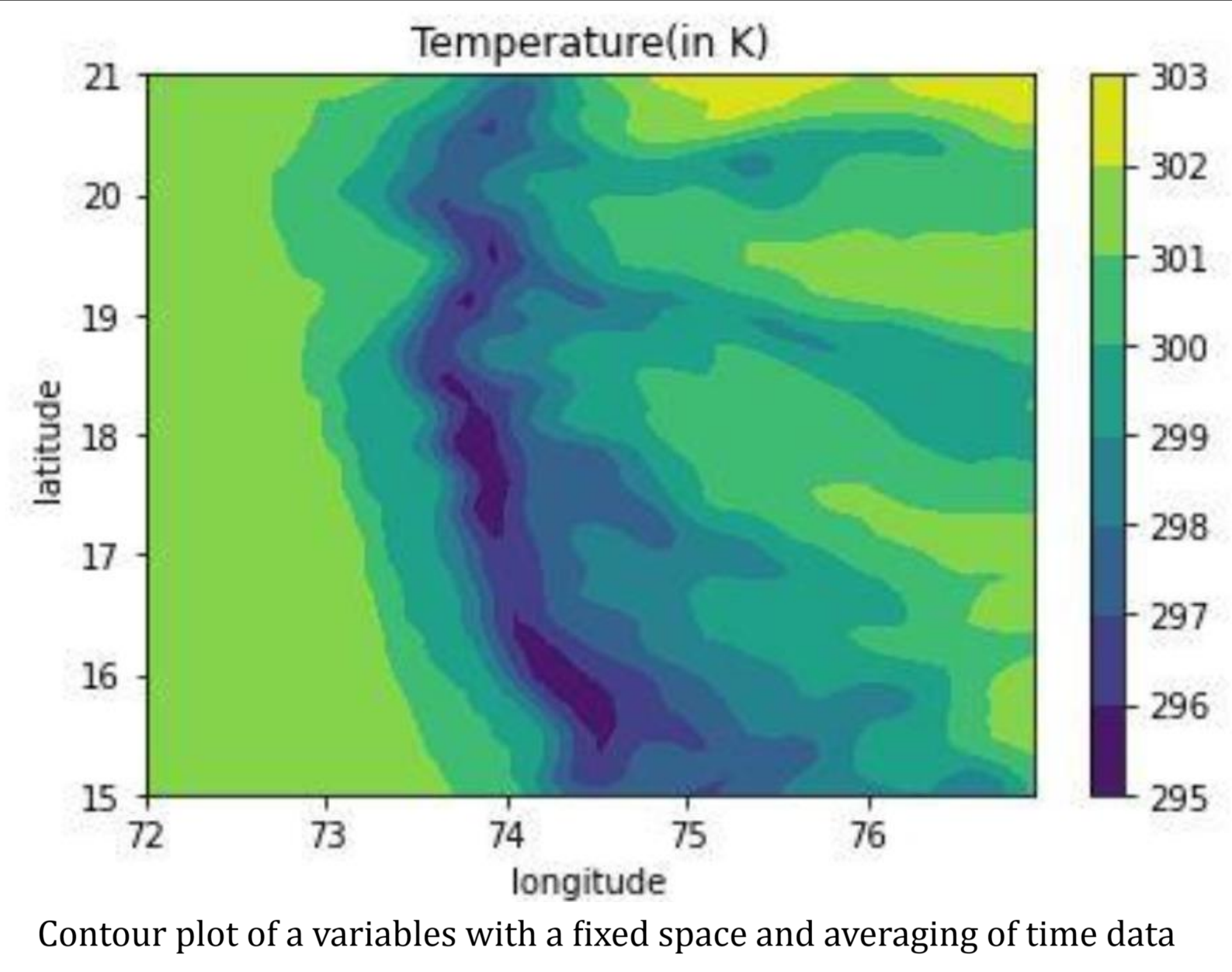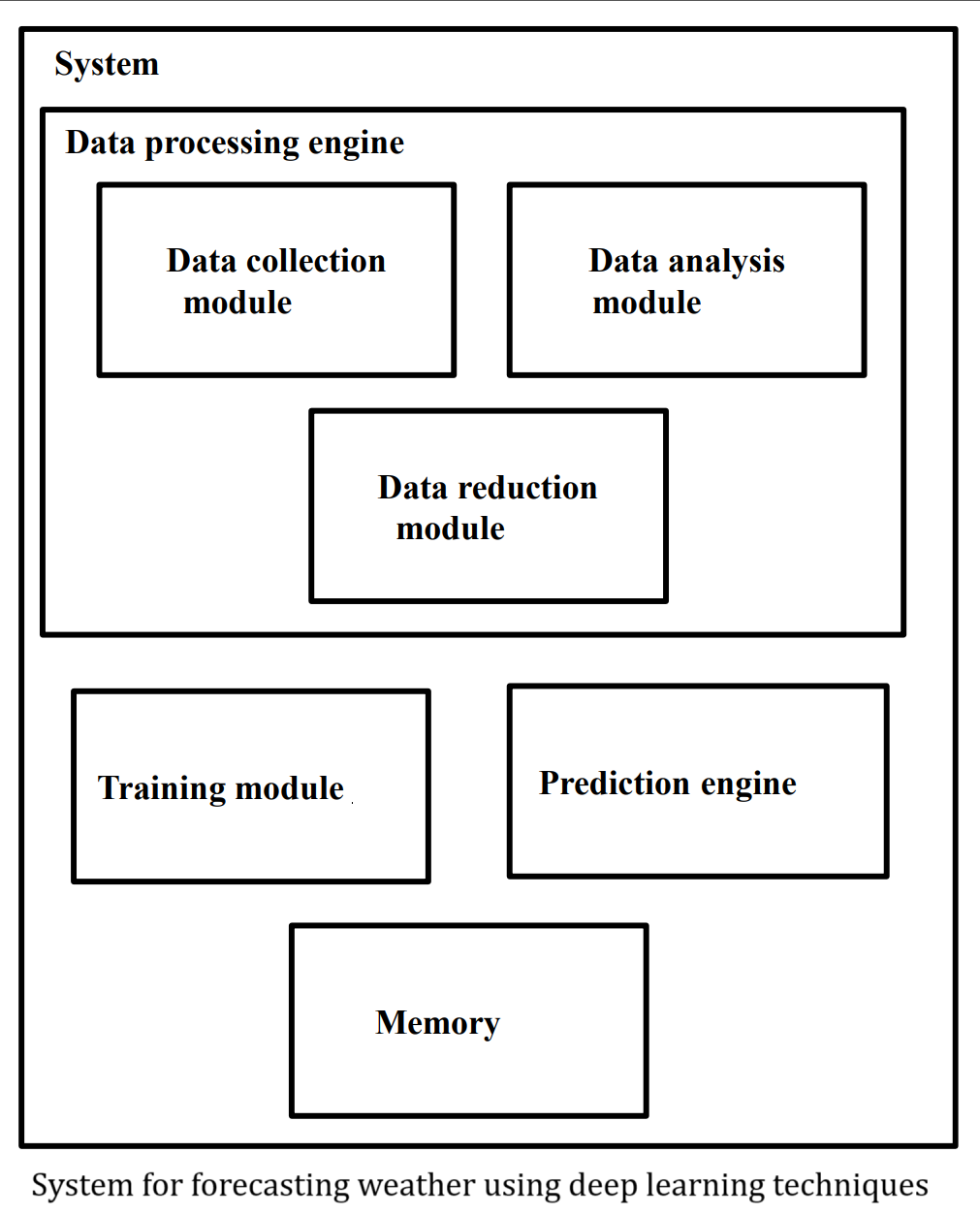Methods and systems for predicting weather events and their extremes using deep learning are disclosed. This invention focuses on improving the prediction of weather systems on local (10 km x 10 km) and hyperlocal (2 km x 2 km) scales using deep learning techniques. It integrates extensive data from models, satellite imagery, ground sensors, and other measurement techniques with advanced data mining algorithms to handle large datasets intelligently and provide statistical correlations. The approach employs Long Short-Term Memory (LSTM) based neural networks to create a meteorology-driven machine learning model that significantly enhances predictive accuracy and reliability for various meteorological parameters such as wind speed, direction, air pressure, temperature, humidity, and solar insolation. This method has demonstrated improvements in forecast accuracy by 15% to 100% over traditional Numerical Weather Prediction (NWP) models. The outputs from this model are suitable for creating city-scale disaster maps and can be integrated with hardware systems for real-time forecasts and early warning messages. The invention is particularly beneficial for applications in disaster management, agriculture, energy, and urban planning.
Current weather forecasting models, especially Numerical Weather Prediction (NWP) models, are often inaccurate due to the complexity of atmospheric conditions, computational errors, and limitations in updating frequency.
This invention utilizes deep learning, specifically LSTM-based neural networks, to enhance the predictive capability of weather systems by intelligently mining large datasets from different atmospheric levels. This approach reduces computational requirements and improves forecast accuracy, particularly for local and hyperlocal scales.
- Use of LSTM-based neural networks for weather prediction.
- Intelligent data mining from various sources such as models, satellite imagery, and ground sensors.
- Enhanced accuracy and reliability of forecasts for local (10 km x 10 km) and hyperlocal (2 km x 2 km) scales.
- Capability to predict various meteorological parameters like temperature, rainfall, and wind speed.
- Incorporation of scaling factors for bias correction.
- Integration with hardware for real-time forecasts and early warning messages.
- The combination of deep learning techniques with meteorological data for improved predictive accuracy.
- Significant improvement in accuracy (15% to 100%) over existing NWP models.
- Ability to provide city-scale disaster maps and integrate forecasts with real-time warning systems.
- The invention involves a system comprising a data processing engine, a training module, and a prediction engine.
- The system gathers and analyzes weather data, reduces it for training, and uses an RNN model to make predictions.
- Validation shows improved accuracy over traditional models
Currently testing this product with industry requirements and trying to find a suitable alignment for licensing and commercialization.
7
- Enhanced ability to predict and manage extreme weather events can lead to better preparedness and reduced impact on human life and property.
- Improved agricultural planning can increase food security.
- Better resource management in urban and rural areas.
Meteorology and Weather Forecasting, Disaster Management, Agriculture, Energy and Water Management, Urban Planning
- Weather prediction for local and hyperlocal areas.
- Forecasting extreme weather events such as thunderstorms, localized flooding, and heatwaves.
- City-scale disaster management and planning.
- Agricultural planning and water resource management.
Geography of IP
Type of IP
202221054128
460885


